用量子理论方法对煤中矿物质观特性的研究
摘要随着我国经济的快速发展,能源与环境正日益成为限制我国经济发展的主要凭颈。鉴于我国能源资源富煤缺油少气的特点,将煤炭在大型电站上广泛使用,才有利于集中处理,做到高效、洁净利用。由于我国煤灰含量高,灰熔点普遍偏高,有害于着火不良,燃烧稳定性较差,锅炉受热面的结渣和沾污等问题。目前国内外对煤灰特性研究尤其是对粘温特性的研究一直没有取得重大的突破,首先本文对煤灰的烧结实验分别研究了两种煤灰和煤焦A和B在不同气氛下对煤灰的烧结特性的影响。在Na2O、K2O含量相同的情况下,煤灰A比煤灰B有较多的Fe2O3含量。还原性气氛下煤灰A的烧结温度和体积收缩率都小于煤灰B,分别应用量子化学对FeO的产物铁橄榄...
相关推荐
-
我国基层财政困难的制度成因分析与对策研究VIP免费
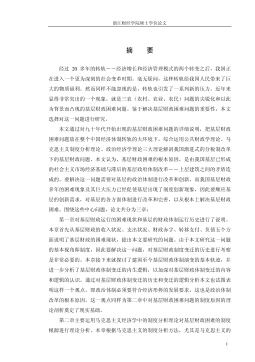
 2024-09-20 33
2024-09-20 33 -
我国煤电产业链纵向交易合约机制研究VIP免费
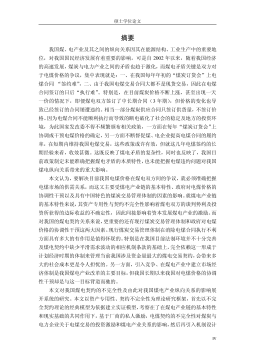
 2024-09-20 27
2024-09-20 27 -
生产要素视角下的上海市产业结构优化研究VIP免费
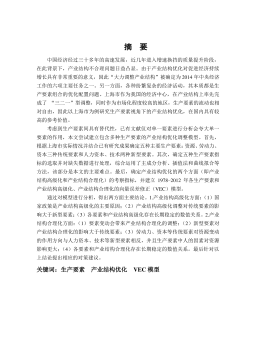
 2025-01-09 7
2025-01-09 7 -
我国银行业结构与经济结构关系研究VIP免费
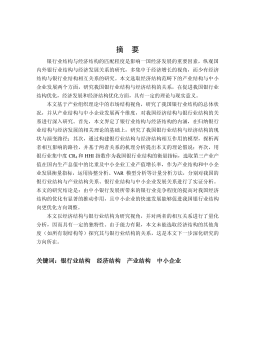
 2025-01-09 7
2025-01-09 7 -
大数据视角下农业供应链金融研究VIP免费

 2025-01-09 6
2025-01-09 6 -
跨国大型综合超市的规划研究VIP免费
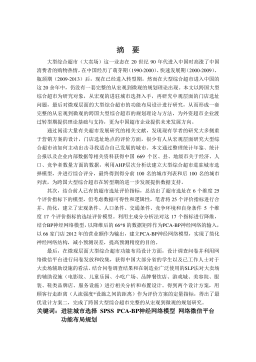
 2025-01-09 6
2025-01-09 6 -
跨境电商农产品质量安全问题研究VIP免费
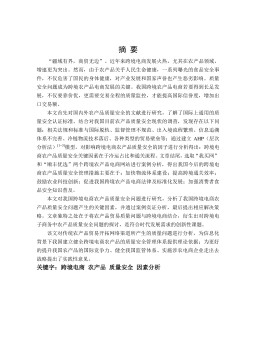
 2025-01-09 7
2025-01-09 7 -
世界市场的虚拟化与我国国际电子商务发展方向研究VIP免费
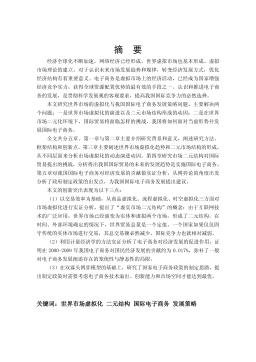
 2025-01-09 9
2025-01-09 9 -
中国政府对电力行业的价格规制问题研究VIP免费
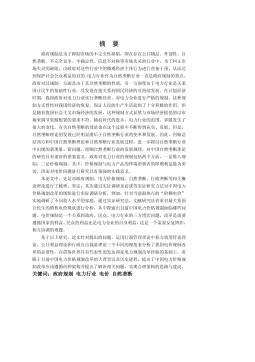
 2025-01-09 13
2025-01-09 13 -
中小企业信息化系统集成技术研究VIP免费

 2025-01-09 13
2025-01-09 13
相关内容
-

跨国大型综合超市的规划研究
分类:高等教育资料
时间:2025-01-09
标签:无
格式:PDF
价格:15 积分
-

跨境电商农产品质量安全问题研究
分类:高等教育资料
时间:2025-01-09
标签:无
格式:PDF
价格:15 积分
-

世界市场的虚拟化与我国国际电子商务发展方向研究
分类:高等教育资料
时间:2025-01-09
标签:无
格式:PDF
价格:15 积分
-

中国政府对电力行业的价格规制问题研究
分类:高等教育资料
时间:2025-01-09
标签:无
格式:PDF
价格:15 积分
-

中小企业信息化系统集成技术研究
分类:高等教育资料
时间:2025-01-09
标签:无
格式:PDF
价格:15 积分





